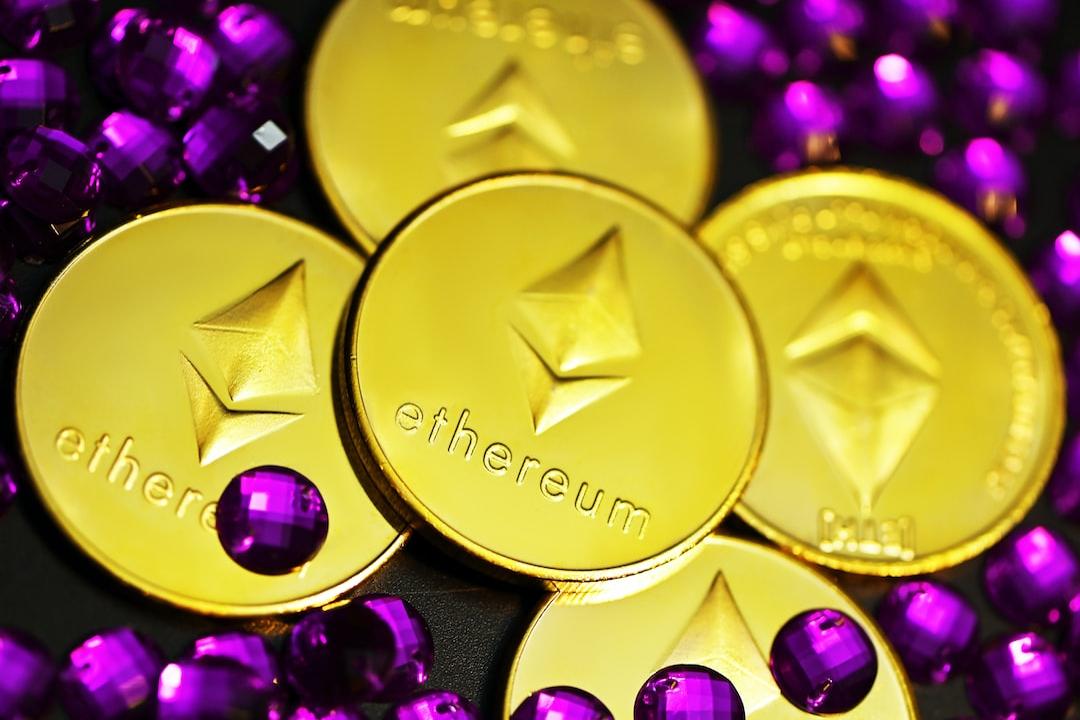The key factors for the success of Solana’s liquidity staking token (LST) are liquidity, DeFi integration/partnerships, and support for multi-chain expansion. This article, sourced from an article by Tom Wan, is compiled, translated, and written by Foresight News.
Table of Contents:
Despite a staking rate of over 60%, only 6% ($3.4 billion) of staked SOL comes from liquidity staking
Solana’s LST market share is more balanced compared to Ethereum
History of liquidity staking on Solana
Leaders in LST
Success of Jito
Liquidity staking is the untapped potential of Solana DeFi, which could increase its TVL to $1.5 billion to $1.7 billion
Many excellent DeFi teams are working together to bring more staked SOL into DeFi
Liquidity staking in the Ethereum ecosystem has sparked a staking trend, and even the progress of re-staking protocols is thriving. But an interesting phenomenon is that this trend does not seem to extend to other chains.
Apart from Ethereum’s significant market value advantage, what other underlying factors are at play? When we shift our focus to Solana and compare liquidity staking protocols on Ethereum, what is the current development of LST on Solana? This article will reveal the full picture.
On the contrary, Ethereum has 32% of its staked volume from liquidity staking. In my opinion, the reason for this difference lies in the existence of “in-protocol delegation”.
Solana provides a simple way for SOL stakers to delegate their SOL, while Lido is one of the early channels for delegating ETH to earn staking rewards.
On Ethereum, 68% of the market share comes from Lido. In contrast, liquidity staking tokens on Solana are in an oligopoly state.
The top 3 liquidity staking tokens on Solana occupy 80% of the market share.
Early market share was divided between Lido’s stSOL (33%), Marinade’s mSOL (60%), and Sanctum’s scnSOL (7%), with Solana’s LST total market value being less than $1 billion.
This lack of adoption can be attributed to marketing and integration. At that time, there were not many high-quality DeFi protocols for LST, and the focus of the narrative was not on liquidity staking.
During the FTX crash, the liquidity staking ratio dropped from 3.2% to 2%.
Jito launched “jitoSOL” in November 2022, which took about a year to surpass stSOL and mSOL and become the dominant LST on Solana, with a 46% market share.
Second place: mSOL (23.5%)
Third place: bSOL (11.2%)
Fourth place: INF (8.2%)
Fifth place: jupSOL (3.6%)
In conclusion, the key factors for the success of liquidity staking tokens are liquidity, DeFi integration/partnerships, and support for multi-chain expansion.
Liquidity staking tokens have driven the growth of the Ethereum DeFi ecosystem. For example, 40% of AAVE v3’s TVL comes from wstETH. It can be used as collateral to generate income and unlock more potential in DeFi, such as Pendle, Eigenlayer, Ethena, etc.
Here are my expectations for the liquidity staking ratio on Solana in 1-2 years (based on current valuations):
Base case: 10%, providing an additional $1.5 billion in liquidity to DeFi;
Bull case: 15%, providing an additional $5 billion in liquidity to DeFi;
Long-term bull market case: 30%, similar liquidity staking ratio to Ethereum. Adding an additional $13.5 billion in liquidity to DeFi.
Drift Protocol, Jupiter, Marginifi, BONK, Helius labs, Sanctumso, and SolanaCompass have all launched liquidity staking tokens.
As a DeFi user, competition and innovation in the market are always better. This is why I am optimistic about the future of Solana DeFi.
Related Reports:
Analysis of public chain revenue in Q1 2024: Which chain is really profitable? Can Solana surpass Ethereum?
Complete research report on Solana: Q1 funding exceeds the whole year of 2023, DEX trading volume increases by 300% MoM, network congestion to be resolved with upgrades…
Welcoming Solana DeFi 3.0? 10 potential tracks worth paying attention to in Solana this year.


